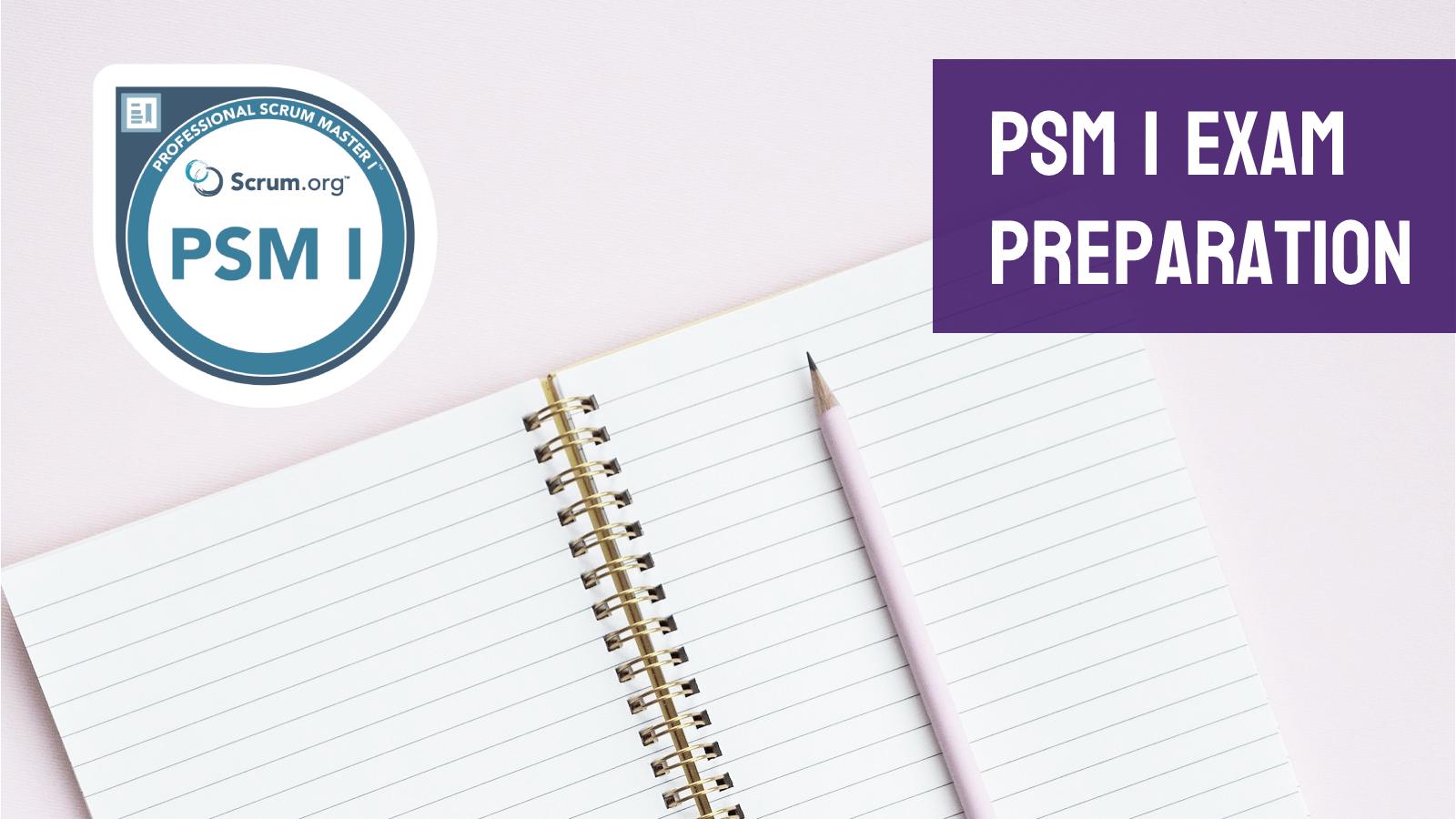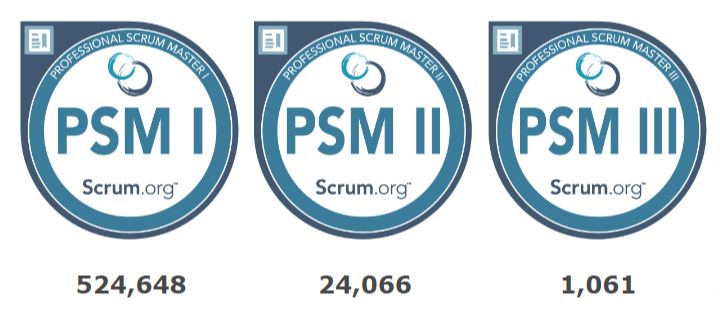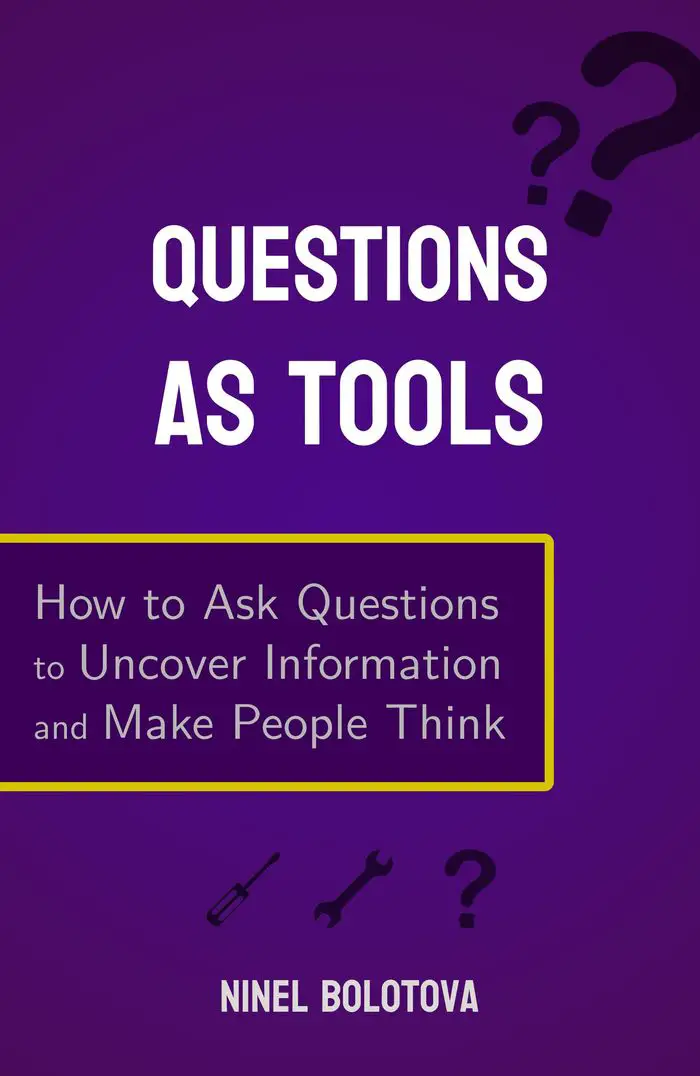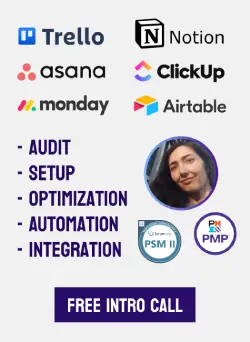PSM I Certification: How to Prepare for and Pass the Exam
The PSM I exam tests your knowledge of the Scrum framework and the Scrum Master accountability in particular, as defined in the Scrum Guide.
Should you go for this certification? And what preparation techniques to use to pass your exam on the first try?

photo by @ekaterina-bolovtsova on Pexels
Is PSM I certification worth it?
Getting certified is worth it, first and foremost, because of the knowledge, insights and skills you’ll gain during the preparation.You will become a better Scrum Master and a more well-rounded professional.
Some questions you might need answered before deciding to take the exam:
How popular is the PSM I certification?
The biggest competitor for PSM is CSM, but Scrum Alliance doesn’t publish the number of their certification holders. Scrum.org does, and Professional Scrum Master certification is in high demand.
Scrum.org has a number of different certifications, but from over a million they issued in total, around 65% were PSM I certifications.
Related: Is the Scrum Master role a good fit for me?

PSM certification holders in 2025
As you can see, only under 5% of PSM I certification holders went on to obtain PSM II. However, PSM 1 isn’t the prerequisite for PSM 2, and maybe you’ll even opt to go straight for the second level of PSM – see below what the differences are.
How hard is the PSM 1 exam?
According to the calculations I ran when comparing PSM I to the first level of CSM, the PSM version is harder since there’s considerably less time per question.
You’ll need to answer 80 questions in 60 minutes and get at least 68 of them correct to achieve a passing score of 85%.
However, in and of itself the PSM I test is straightforward – as long as you know the Scrum Guide well. The best way to learn it well is to understand how its elements come together and try to implement its principles in practice.

Is the PSM I exam open book or proctored?
PSM I, like all other Scrum.org certifications, isn’t proctored. However, with less than a minute per question on average, you might have a bit of time to look up some specifics you aren’t sure about, but better not count on it.
And of course, the point of getting certified isn’t to get the badge by any means but to improve your skills and get proof of knowledge you possess.
Though it’s a relief to know that you could attempt the exam without the hassle of identity verification or the pressure of being watched. Just make sure your internet connection is stable.

photo by @tima-miroshnichenko on Pexels
PSM I certification cost breakdown
PSM 1 preparation cost
Scrum.org has a Scrum Master Learning Path full of free articles and webinars. You’ll gain a tremendous amount of insight if you complete it. Here’s a list of full-length webinars I put together from this and other learning paths on Scrum.org.
To be introduced to the nuances of the Scrum Framework with a structured narrative, read Scrum: A Pocket Guide. The paperback and Kindle versions cost around $19 on Amazon. There are more book recommendations at the end of the article.
If you like the video format, there are Scrum Master preparation courses, like this Scrum for Beginners course on Udemy – it could be available for under $15 with the promotions Udemy regularly runs.
If you have the funds, taking a training course by a Professional Scrum Trainer would be beneficial. PSM I 2-day training sessions on Scrum.org start at around $1000, with a free exam attempt included in the price. Training is available in different languages.
Professional Scrum Master exam cost
PSM I exam fee is $200 per attempt. It’s a hike from what it was before ($150), while the cost per PSM II exam attempt is still the same ($250). So if you’re planning to get the PSM II certification in the future (some people pass PSM 2 just months or even weeks after PSM 1), that’s yet another reason to go for PSM II right away – like I did.
What is the difference between PSM I and PSM II?
In a nutshell, here’s what I think the essence of each PSM level is:
PSM I validates that you know Scrum.
PSM II validates that you deeply get Scrum.
PSM III validates that you can teach Scrum.
Should I skip PSM I and take PSM II directly?
As you probably know, unlike CSM, PSM levels are independent. You can take any of the Scrum.org tests without obtaining any of their other certifications or taking their courses. Just buy the access code for the exam of your choice and launch it whenever you feel ready.
It seems logical that PSM I should be taken first, right? Not necessarily. It depends on:
- your prior work experience
- your exam preparation techniques
- how excited you are about the Scrum framework
- how much you love challenges
Job postings mentioning Scrum Master certifications rarely talk about PSM II specifically, so it doesn’t look like it makes much difference from the employability standpoint. It’s more of a personal preference.
PSM II is obviously a harder test, and it takes more time to prepare. Check out the guide on how to pass the PSM II exam and see which certification level resonates more with your experience and aspirations.

photo by @ann-h-45017 on Pexels
Mindset to prepare for the PSM I exam
There are things described as “easy to learn but hard to master”. Scrum Guide is short and easy to read, but Scrum isn’t that easy to learn.
Akin to ancient spiritual manuscripts, you have the original small book, and then there are volumes upon volumes of comments, interpretations, and examples of practical implementation.
Getting a certification is great, but the main value you get is from the preparation. It’s a wonderful journey, so make the most of it.
Start with a solid understanding of why you want to get certified, curious, open-minded, driven by a desire to expand your horizons, and ready to dive into learning.
Topics and keywords for Professional Scrum Master exam
To confidently pass the PSM I test, you need to be able to explain why each of these is important and what their features are.
- What Scrum itself is and why this name was chosen.
- Empiricism and its pillars: transparency, inspection and adaptation.
- Values: commitment, courage, focus, openness, and respect.
- Accountabilities. Product Owner, Scrum Master, Developers.
These used to be named “Roles”, but turned into job titles over the years, moving away from their core meaning. Renamed to “Accountabilities” in the 2020 version of the Scrum Guide, to empathize that it doesn’t matter what the job title says – it’s about the responsibilities one has on the Scrum Team. - Events. Sprint Planning, Daily Scrum, Sprint Review, Sprint Retrospective, and the container event, the Sprint itself. Events that take place within the Sprint are often called “ceremonies”, though the Scrum Guide doesn’t mention this word.
- Artifacts. Product Backlog, Sprint Backlog, Product Increment.
- Commitments, introduced in the 2020 version. Each artifact has an associated commitment:
- The commitment for the Product Backlog is the Product Goal
- For the Sprint Backlog, it’s the Sprint Goal
- For the Increment, it’s the Definition of Done
- Unofficial metrics for estimating the Product Backlog items and team performance – burndown and burnup chart, velocity, story points.
- Sprint Goal, Definition of Done, Product Backlog and its Refinement.
- Scrum Teams are cross-functional and self-managing. The latter used to be “self-organizing” in the 2017 version of the Guide. Can you tell what the difference is?
Practice by explaining each of the highlighted items to a friend. Then to another friend.
You could try organizing a study group with peers who are also going to take the PSM I test or are just interested in Agile and Scrum.

photo by @theo-decker on Pexels
PSM I preparation courses and exam simulators
There are various courses that would explain the Scrum framework, its nuances and related practices. For example, this Scrum for Beginners course on Udemy. But you might opt for another course, or a course from another provider – see how to choose the online course that is right for you.
Scrum.org offers free open assessment tests. It is recommended to attempt the PSM I test if you pass the Scrum Open simulator at 100% a few times.
Besides Scrum Open, try getting high scores on Product Owner Open and Developer Open.
Free Scrum exam simulator by Mikhail Lapshin is an option mentioned in forum threads, but it’s made for the 2017 version of the Scrum Guide, and there are debates and corrections for some question answers in the comments.
If you’re new to Scrum, using practice tests with inaccurate or outdated information would be especially confusing and detrimental to your learning and to your exam score. Choose exam simulators that are kept up to date and have good scores.
This PSM I simulator by Volkerdon is a popular option, I also used it to get the fundamentals down. It’s updated regularly.
Recommended books to prepare for the PSM 1 certification
-
Scrum: A Pocket Guide (4rd edition) by Gunther Verheyen. A fundamental book for beginners explaining the Agile principles and the elements, methods, and principles of the Scrum Framework. The third edition, released in 2021, is fully aligned with the newest version of the Scrum Guide. Available on Amazon and Barnes & Noble.
-
Scrum Insights for Practitioners: The Scrum Guide Companion by Hiren Doshi. A book about the practical application of the Scrum framework in different situations. It touches on questions like:
- How is Scrum empirical?
- What are the tactics to do Scrum Events effectively?
- Are we still practicing Scrum if we have more than nine members on our team?
It was released in 2016, so contains some older terminology like “Development Team” or “Scrum roles”, but the core principles remain topical. Available on Amazon and Barnes & Noble.
-
Mastering Professional Scrum: A Practitioner’s Guide to Overcoming Challenges and Maximizing the Benefits of Agility by Stephanie Ockerman and Simon Reindl. The book delves deeper into implementing Scrum principles, creating a strong team foundation, delivering value, and improving teams and organizations. Available on Amazon and Barnes & Noble.
-
Scrum Mastery (2nd edition) by Geoff Watts. What makes a great Scrum Master? Geoff has been coaching Scrum teams for over twenty years. In the 2021 updated edition of this book, he shares a collection of stories and practical guidance on servant leadership and nurturing a high-performing team. Available on Amazon.
Caution: old versions of the Scrum Guide vs. the 2020 version
Keep in mind: the Scrum Guide gets revised every few years. Here’s the timeline overviewing the differences between the Scrum Guide versions since 2010, when the first version was published.
For example, “The Development Team” wording is used throughout (changed to “The Developers” in the 2020 version, so that nobody thinks there’s another team within the Scrum Team). The core hasn’t changed, but there are minor differences that might be confusing.
This article highlights the 4 most important changes to the Scrum Guide and gives a rundown of other changes worth mentioning. It’s a part of a series of almost 60 articles explaining various aspects that changed in the 2020 version of the Scrum Guide.
Most of the articles and books you’ll be using in your preparation were written when the previous versions of the Scrum Guide were active.
Just be aware that there are differences, and refer to the latest edition of the Scrum Guide to whenever in doubt.
Conclusion
Good luck with your PSM I exam!
Once you pass it, you could gain more experience and get the PSM II certification – or maybe you’ll even decide to get it right away.
And one day, perhaps you’ll want to attempt the PSM III exam –- only 0.2% of PSM certification holders achieve it. Are you up for a challenge? Here’s the guide on preparing for the PSM III certification.

 Ninel Bolotova is a workflow expert with a number of certifications in project management. She enjoys challenges related to process setup, automation and optimization.
Ninel Bolotova is a workflow expert with a number of certifications in project management. She enjoys challenges related to process setup, automation and optimization.